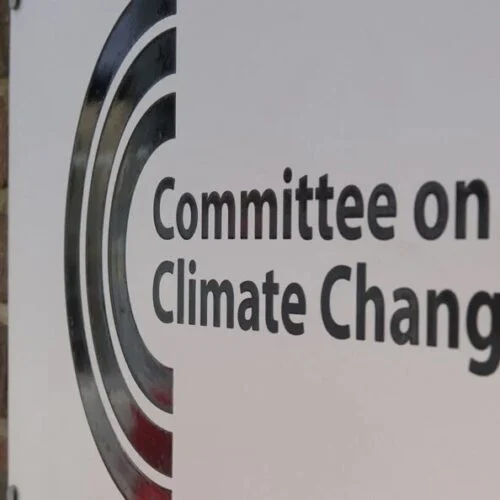Trade association Scottish Renewables has called for reforms to the planning process to enable greater onshore and offshore wind capacity.
In its Beyond COP26: Next steps for Scotland’s clean energy revolution publication, the trade body sets out a number of key recommendations for the Scottish Government. Reformation of the planning process is needed to deliver at least 12GW of additional onshore wind and 11GW of offshore wind by 2030, it argues.
The call for changing to the planning process adds to a growing call for Ofgem to take remedial action on transmission charges, as these are currently significantly higher in Scotland, making the build out of renewables more challenging.
Beyond this, a target of 45% of homes and 25% of commercial, industrial and public buildings should be heated using renewable sources by 2030 to help accelerate the pace of decarbonisation. It also calls for the installation of 1GW of solar PV capacity by 2030.
“The rapid decarbonisation of our heat sector is also essential; heat currently makes up 55% of Scotland’s energy use and only 6.4% of that heat comes from renewable sources,” said Scottish Renewables CEO Claire Mack.
“Harnessing our daylight hours by installing solar energy systems on all suitable public and commercial buildings will allow us to produce clean electricity, powering electric vehicle fleets and heat across the country.
Scotland should continue to develop its world-leading wave and tidal industries continues Scottish Renewables. To further this the government should create a support mechanism to work alongside the UK Government’s revenue stabilisation mechanism.
Finally, it should establish an energy skills and services export target for the country to support a just transition.
“Scotland’s renewable energy sector is a vital part of the country’s economy, bringing billions of pounds of investment and supporting thousands of jobs in some of our most remote regions, as well as offsetting billions of tonnes of carbon every year and it’s vital that Scotland’s politicians continue to support it,” finished Mack.
In 2019, renewable energy technologies including wind, solar, wave and tidal, hydro and more, provided the equivalent of 97.4% of the electricity consumed in Scotland.
Current±’s publisher Solar Media is hosting the Wind Power Finance & Investment Summit in London over 7 and 8 December. Find out more here.






